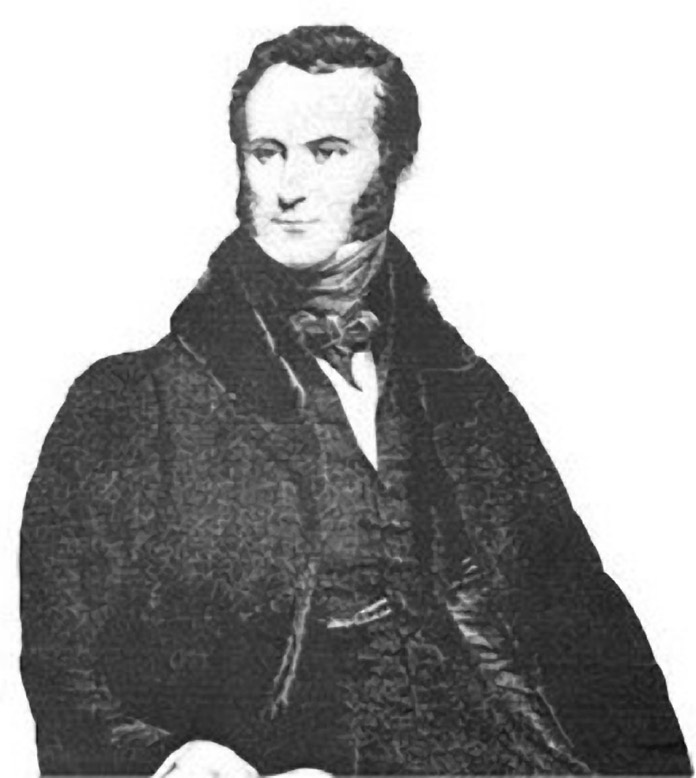with a letter from James Trubshaw to Mark Philips
|
Introduction |
||
|
Two of the most illustrious of past inhabitants of the village of Snitterfield, and one with illustrious connections, were William Shakespeare's grandfather Richard, the eighteenth century poet Richard Jago (Vicar of Snitterfield 1754-1781), and in the nineteenth century, a progressive Liberal Member of Parliament, Mark Philips.
Manchester-born Mark Philips was sometime Lord of the Manor of Snitterfield and one of the first two Members of Parliament to sit for his birthplace since King Charles II had deprived it of representation for supporting the Parliamentarians in the Civil War. He determined to improve the lot of his constituents, many of whom were suffering the squalid consequences of depression which in the second quarter of the nineteenth century replaced the earlier boom in the Industrial Revolution. There were high levels of crime, pollution and disease, but in view of Philips's legacy, it would be cynical to remark that the family cotton manufacturing business had helped to create this.
How was it then that such a notable personage should be engaged in an insignificant school-building scheme in a small Warwickshire village? The key is in Philips family and business connections. At that time, Trubshaw was involved in other much more substantial projects in the county, including the rebuilding of Weston House, the site of which is now in the parish of Long Compton. For more on Weston, see A Little History of Cherington and Stourton. The Manor of Weston had been bought by Sir George Philips, Bart., none other than the business partner of Mark Philips' father Robert, and Robert's cousin. Just a dozen miles or so separate Weston and Snitterfield, and it is easy to imagine the conversation: "oh, and when you come down to Weston, could you ...?" Moreover, close to Weston is the village of Great Wolford, where Trubshaw undertook the complete rebuilding of the Parish Church of St Michael, a project finished in 1833.
|
||
 |
||
Weston House was demolished in 1934 |
||
Weston is referred to in Trubshaw's letter to Mark Philips, as are the preparations for his construction of a horse drawn tramway to Shipston-on-Stour, which he finished in 1836. This was a branch from the tramway completed in 1826, which linked the canal basin at Stratford-on-Avon with Moreton in Marsh, over the county boundary in Gloucestershire. The line was intended to deliver coal from the Black Country to these rural areas and allow limestone and agricultural products to be shipped the other way.
By 1899 the southern section between Moreton and Shipston was converted into a proper railway, which survived until 1960. Finally, a mention should be made of Trubshaw's family. He had three daughters and three sons, all of whom survived him except his eldest son, Thomas, described as an architect of considerable promise, who died prematurely in 1842. One wonders whether this was the son whose illness is referred to in the letter. James Trubshaw wrote the letter from his home in Little Haywood near Colwich in Staffordshire. The fact that the letter was addressed simply to “Mark Philips Esq., The Park, nr Manchester”, indicates the importance of the addressee. Confusingly, the 120 acres of “The Park” are also known today as Philips Park, like the one which Mark Philips helped to create. The last private owner of the land was Anna Maria Philips, a niece of Mark Philips; it was bought by the Local Authority on her death in 1946. The Italianate villa of the Philips family was demolished in 1950. Originally in the township of Pilkington, which was dissolved in 1894, this second Philips Park now lies within the Metropolitan Borough of Bury, on the boundary of Whitefield and Prestwich, Greater Manchester. |
